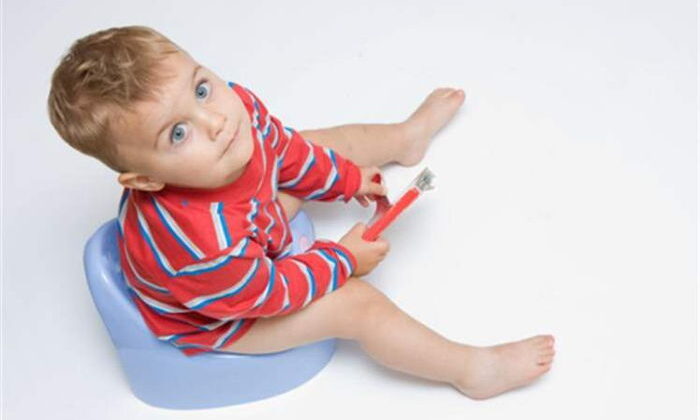

Hypospadias is a congenital condition affecting the genitals of male infants, characterized by an abnormally positioned urethra that is not located at the tip of the penis. The urethra is an essential component of the male urinary and reproductive systems, functioning as a conduit for urine from the bladder and facilitating the expulsion of sperm during sexual activities. Thus, it serves dual roles under different circumstances.
Like many medical conditions, hypospadias is surrounded by misconceptions. Let’s clarify some prevalent myths:
1. Hypospadias Causes Infertility: While severe, untreated cases of hypospadias may impede sperm delivery during intercourse, this condition itself does not directly cause infertility. However, it can complicate the ability to conceive if not addressed.
2. Hypospadias Affects Sexual Function: When treated correctly, hypospadias does not impair sexual function or satisfaction.
Here are answers to some common inquiries about hypospadias:
1. Can Hypospadias Be Treated? Yes, with an accurate diagnosis, hypospadias can be effectively treated.
2. At What Age is Hypospadias Typically Corrected? Surgical intervention is often recommended when the child is between 3 to 18 months old to prevent future complications.
3. Will My Child Urinate Normally After Surgery? Absolutely. Post-surgery, your child is expected to recover and lead a normal life without any urinary issues.
If your child is diagnosed with hypospadias, remain calm and reassured. Although it can be challenging as a parent to hear this diagnosis, it is a manageable congenital condition that, when treated promptly, poses no lasting adverse effects. Always consult a pediatrician for guidance.
Hypospadias surgery is typically performed under general anesthesia, administered by a specialized pediatric anesthetist. The surgical procedure may require one or multiple sessions, depending on the complexity, which includes repositioning the urethra, reconstructing the tissue around the misplaced opening, and reshaping the penis. The optimal window for performing this surgery is between the ages of 3 months and 1.5 years.
DÜNYA
4 gün önceSİGORTA
8 gün önceSİGORTA
8 gün önceSİGORTA
8 gün önceSİGORTA
8 gün önceSİGORTA
9 gün önce 1
Minnesota’s Proposed Lifeline Auto Insurance Program
9170 kez okundu
1
Minnesota’s Proposed Lifeline Auto Insurance Program
9170 kez okundu
 2
Introducing Vivo Y300 Pro+: A Blend of Power and Affordability
7195 kez okundu
2
Introducing Vivo Y300 Pro+: A Blend of Power and Affordability
7195 kez okundu
 3
American Nurse Survives Harrowing Moped Crash in Thailand
2091 kez okundu
3
American Nurse Survives Harrowing Moped Crash in Thailand
2091 kez okundu
 4
Manchester City’s Upcoming Restructuring Phase
1207 kez okundu
4
Manchester City’s Upcoming Restructuring Phase
1207 kez okundu
 5
Berkshire Hathaway Specialty Insurance Co. Promotes Louise Kidd
634 kez okundu
5
Berkshire Hathaway Specialty Insurance Co. Promotes Louise Kidd
634 kez okundu
Veri politikasındaki amaçlarla sınırlı ve mevzuata uygun şekilde çerez konumlandırmaktayız. Detaylar için veri politikamızı inceleyebilirsiniz.